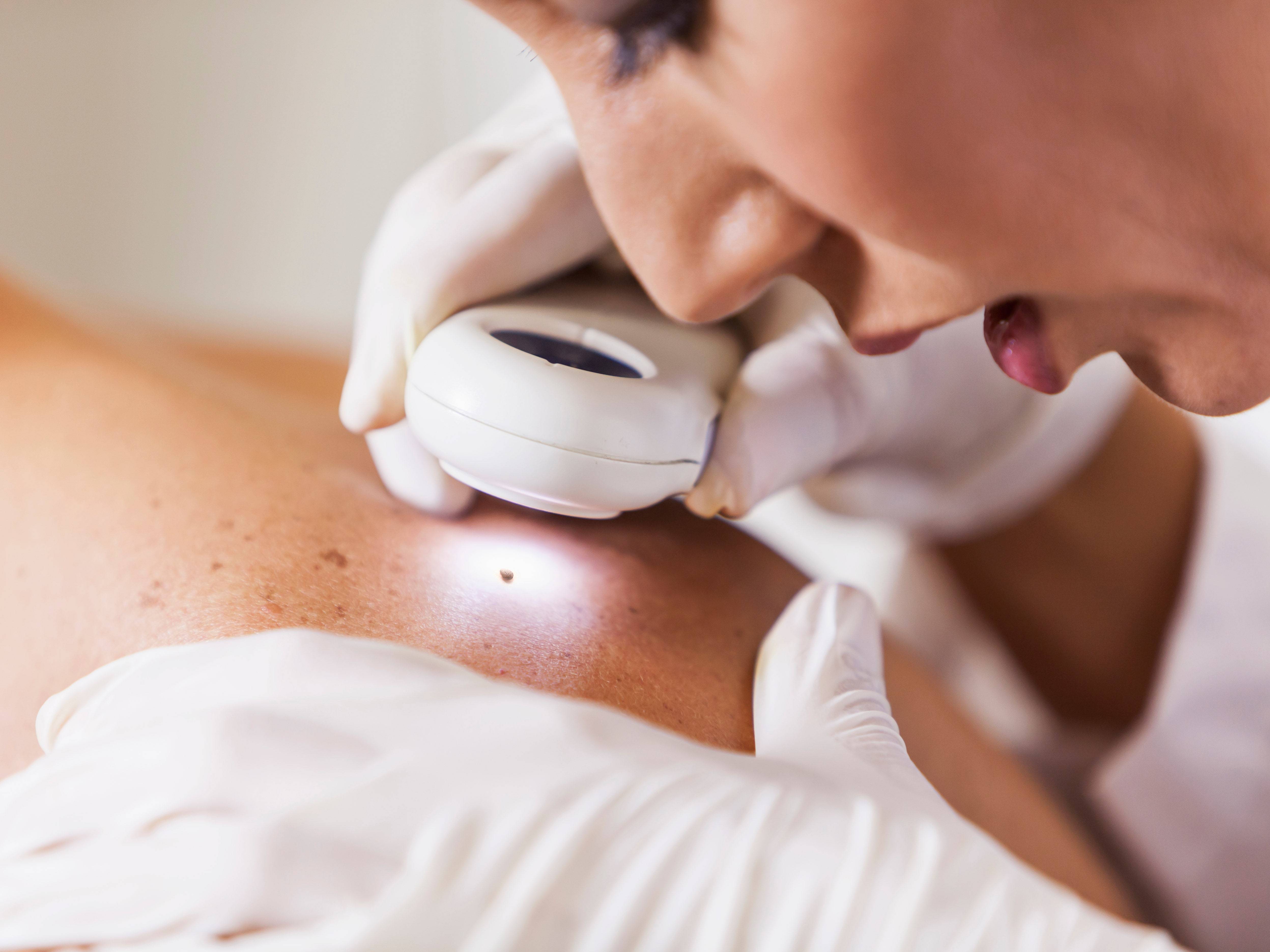
For men and women who wish to change their sexual orientation, gender affirming surgery can be done. It involves changing the penis and skin color of a male to female or vice versa. There are a few procedures that can be performed, such as a hysterectomy (orchiectomy). Inversion of the skin or penis can also be performed.
Hysterectomy
Hysterectomy, or gender affirming surgery, is a surgical procedure in which a male is surgically changed from a female to a male. Around 0.4% are transgender. This condition can cause symptoms of gender dysphoria such as physical and emotional pain. Although medical management is the most common type of treatment, transgender males have another option: surgery. Some common surgical procedures for transgender men include hysterectomy and bilateral salpingo-oophorectomy. Only 3.3% of transgender males had hysterectomy to change their gender according to the American College of Surgeons National Surgical Quality Improvement Database.
The concept of gender affirmation by hysterectomy is still new and evolving. It has been done historically for pathological reasons. A coexisting diagnosis of gender dysphoria may have resulted in a hysterectomy. However, in recent years, insurance providers are beginning to cover this procedure.

Orchiectomy
Transgender patients' surgical transition begins with an orchiectomy (or removal of the testicles). It removes the testicles from the patient and lowers the level of testosterone, the masculine hormone. This surgery can lower blood clot risk and simplify the patient's hormonal regimen.
It is possible to perform the procedure on an outpatient basis. Recovery time ranges between two and eight weeks, depending on the technique used and the surgeon. It can cost between $3000 to $10,000 in Australia, and may be covered under Medicare or private insurance.
Inversions of skin and penis
Inversion of skin and penis, one of the most common methods of transvaginal surgical treatment, is widely used and considered to be the best method for genital reconstruction in transgender women. It involves inverting the penis into a vagina in order to recreate the natural look of a woman’s vagina. The entire procedure can take between three and five hours. It may take several days to recover. To protect the new skin position, a special dressing will be placed in the vagina after surgery.
A standardized protocol is followed during the procedure. Aftercare instructions will also be given by the doctor. You will be given a kit by the medical team to perform follow-up dilations at your home. You will also be provided with follow-up emails, and an appointment with your surgeon.

Recovery time
Post-surgery recovery plays an important role in gender-affirming surgery. This involves changing a male penis into a female penis. The specific type of surgery will determine the length of the recovery period. It can take from four to eight weeks. A mastectomy is the most common procedure, although a vaginoplasty and breast augmentation are also possible. Both procedures need at least a week's rest and can take up to five- or six weeks.
Gender-affirming surgery aims to minimize testosterone production in the body. It can also eliminate the need of hormone-suppressive medicines and estrogen therapy. This procedure may allow you to have a natural child. It is possible to have gender affirming surgery, male or female, within a short time frame. This depends on the nature of the procedure and the patient.